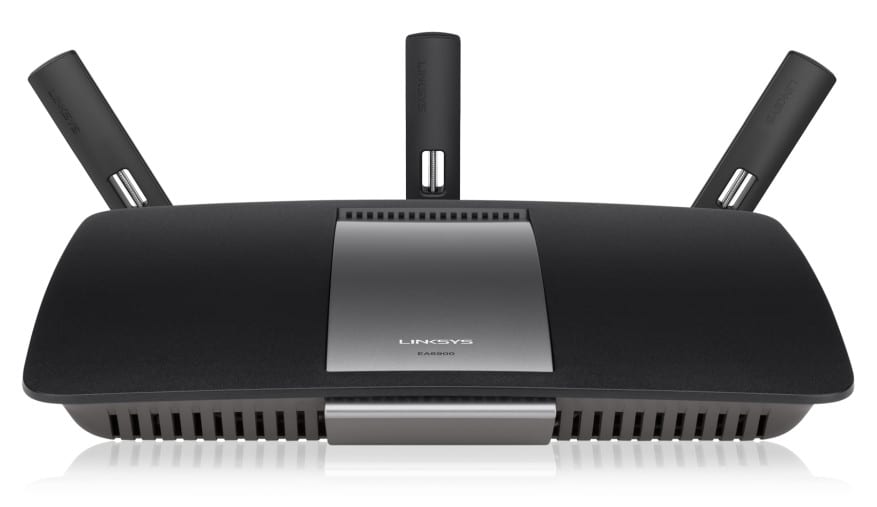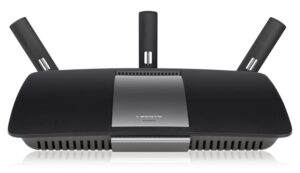Top 3 Things to Check Before Migrating to 802.11ac

Before jumping head first into your 802.11ac upgrade, there are a few things every business, small and enterprise level, needs to check off the list. Upgrading to 802.11ac will greatly improve your internet speed as well as employee productivity and satisfaction, but upgrading you’re fully ready will lead you straight to disaster and wondering why this new technology isn’t working the way you expected it to.
So what’s the big deal? Your internet speeds seem to be doing well, and other than a few outages here and there, no one really seems to be complaining all that much. Here’s where you need to look into the future. New devices are coming out every day and even though you may not be ready to buy your entire company new computers, laptops and phones, eventually you’ll have to. When that time comes, those devices will all be 802.11ac capable and have the ability to give your company fast internet that doesn’t cut out on you or lag due to the bandwidth size.
According to FedTech, there are three things you need to do to lay the appropriate groundwork for 802.11ac:
- Perform a wireless site survey- In order to identify how ready your company is for 802.11ac, you need to conduct a survey for 802.11ac and not another previous wireless standard. When transitioning from a 2.4GHz network to a 5GHz network, it’s important to remember that the 5GHz signals have a reduced capacity to penetrate walls and other obstacles. You will most likely need to adjust your deployment of Aps in order to adjust for 802.11ac.
- Budget- Make sure you have the budget to make the transition. This may be a little easier than other kinds of tech upgrades because it can be done on a rolling basis, but it’s important to keep in mind that this is an investment that needs to be fully realized in a budget before any action takes place.
- Plan for 802.11ac Wave 2- This is another instance where it’s important to look into the future. Although Wave 1 is still offered and the most widely used form of 802.11ac, Wave 2 is coming and most vendors are planning to make the transition to Wave 2 in the near future. If you’re looking to upgrade soon, it’s perfectly alright to upgrade to Wave 1, but keep in mind that you will eventually need to upgrade again (this will be a much simpler upgrade by comparison) to APs that support Wave 2. This will be done by the addition of a plug-in module.
Like they old saying goes, lay your tracks before the train comes barreling through. Upgrading now and upgrading correctly will give you a smooth and immediate benefit. The fact that 802.11ac is backwards compatible to the device you have now and will be the standard for the next decade will put you in a great position to take advantage of the productivity offered.






















